As the various New South Wales rugby league foundation clubs celebrate their 110th anniversaries, it’s reassuring for the upkeep of the sport’s heritage that almost all of the venues which hosted the Sydney clubs’ historic formation meetings back in 1908 still take pride of place across inner Sydney.
At this exact time 110 years ago, Sydney’s sporting landscape was abuzz with controversy - generated by the decision of many footy players to switch to a new version of rugby; one in which men could participate with the knowledge they would receive at least some financial compensation if they missed work shifts because of injuries suffered on the field.
If you follow a Sydney-based rugby league team, particularly one originally located within inner Sydney, then it was formed at the local town hall or a local pub. All of those rivalries, tries, famous wins, heartbreaking losses, your team’s identity and history ... can be traced back to the day it was officially formed in 1908.
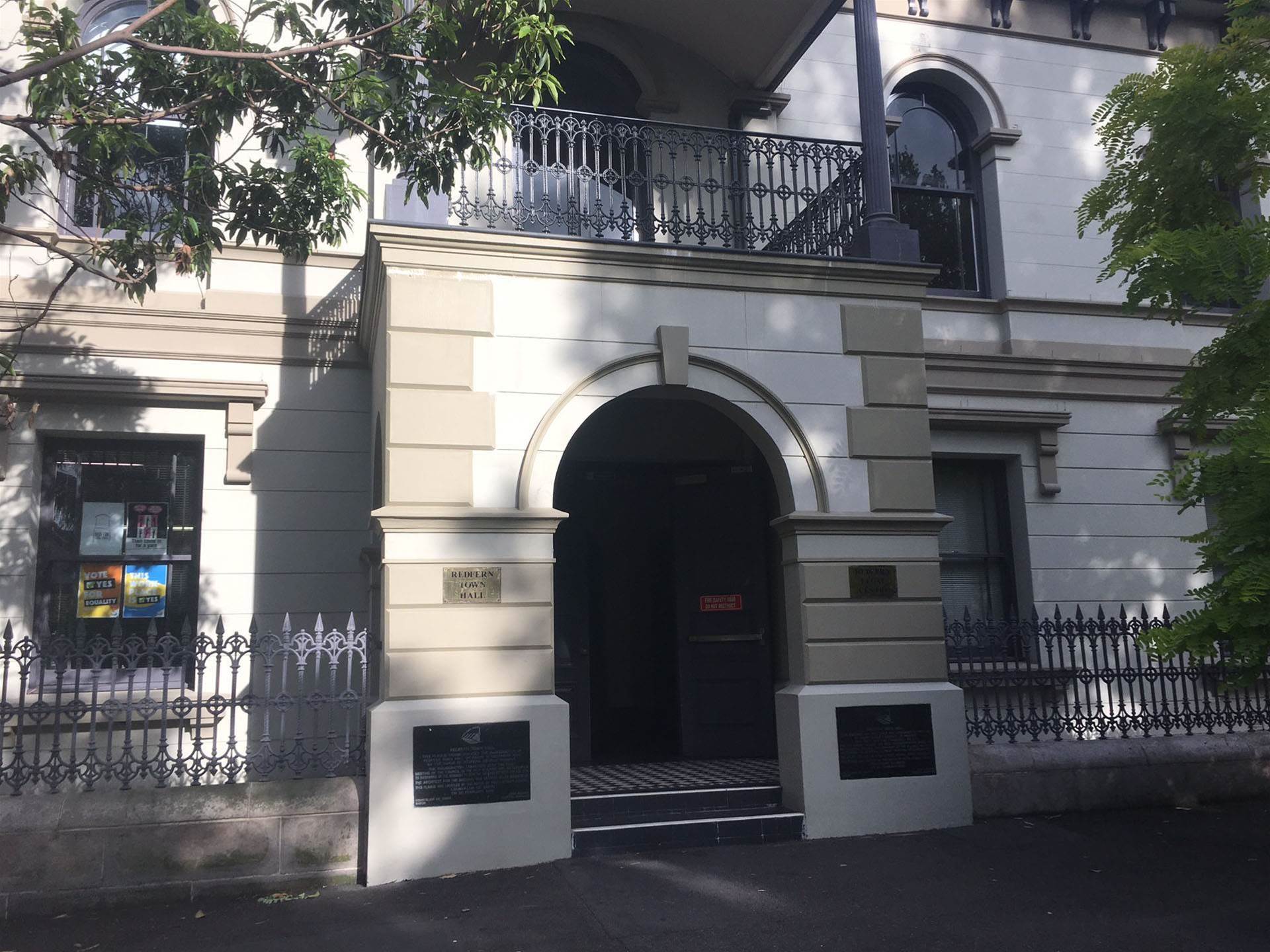
It’s difficult but interesting to think, as you’re standing in front of a quaint building like Redfern Town Hall on Pitt St, that all that history – Churchill, the cardinal and myrtle, Piggins, Sattler - sprouted from a meeting held in the inner city village’s town hall.
All of the town halls we’re talking about here are public buildings; none of them are fenced-off museum relics. You can walk up to them, and on certain days even go inside them and check them out for yourself. Hold your own meetings in them if you want to.
These magnificent and historic venues are often forgotten when it comes to honouring rugby league’s past, but they’re still standing proudly as monuments to civic progress, as well as brilliant reminders of the origins of the 13-player game in Australia.
Next time you find yourself in Glebe, check out that suburb’s epic and beautiful Town Hall. Located well away from the hustle of Glebe Point Road, Glebe Town Hall sits quietly on St Johns Road, directly next to the popular Nag’s Head Hotel.
In this town hall on January 9 – 110 years ago - a meeting was held. By the end of it, the first rugby league club in Australia had been formed. As highly respected historians Ian Heads and David Middleton noted in their 2008 book A Centenary of Rugby League, at that meeting the club “elected no less an identity than future Prime Minister William Morris Hughes as their patron”.
For 110 years a delicious and extremely fun debate has raged amongst the game’s historians about which rugby league club is the oldest in the country. Newtown disciples still argue to this day that their club, now famously known as the Newtown Jets, was formed at a meeting at Newtown Town Hall (which is still located at the junction of King St and Enmore Road) a day before Glebe’s formation meeting.

David Middleton has followed the discussion closely over the years. “Officials of the Newtown club cling steadfastly to the belief that they were first, formed on January 8 in 1908,” he wrote in a news story a few years back. “However, newspaper reports from the period clearly record that the Glebe club – long since defunct – was established first on January 9, 1908.”
“The Newtown men claim bragging rights due to the possession of the club’s first minute book, with the date 8/1/1908 hand-written by the original club secretary. League historians including Ian Heads, Geoff Armstrong and Sean Fagan are convinced that the date on the minute book is almost certainly incorrect, while Newtown is equally adamant that their club’s record is authentic.”
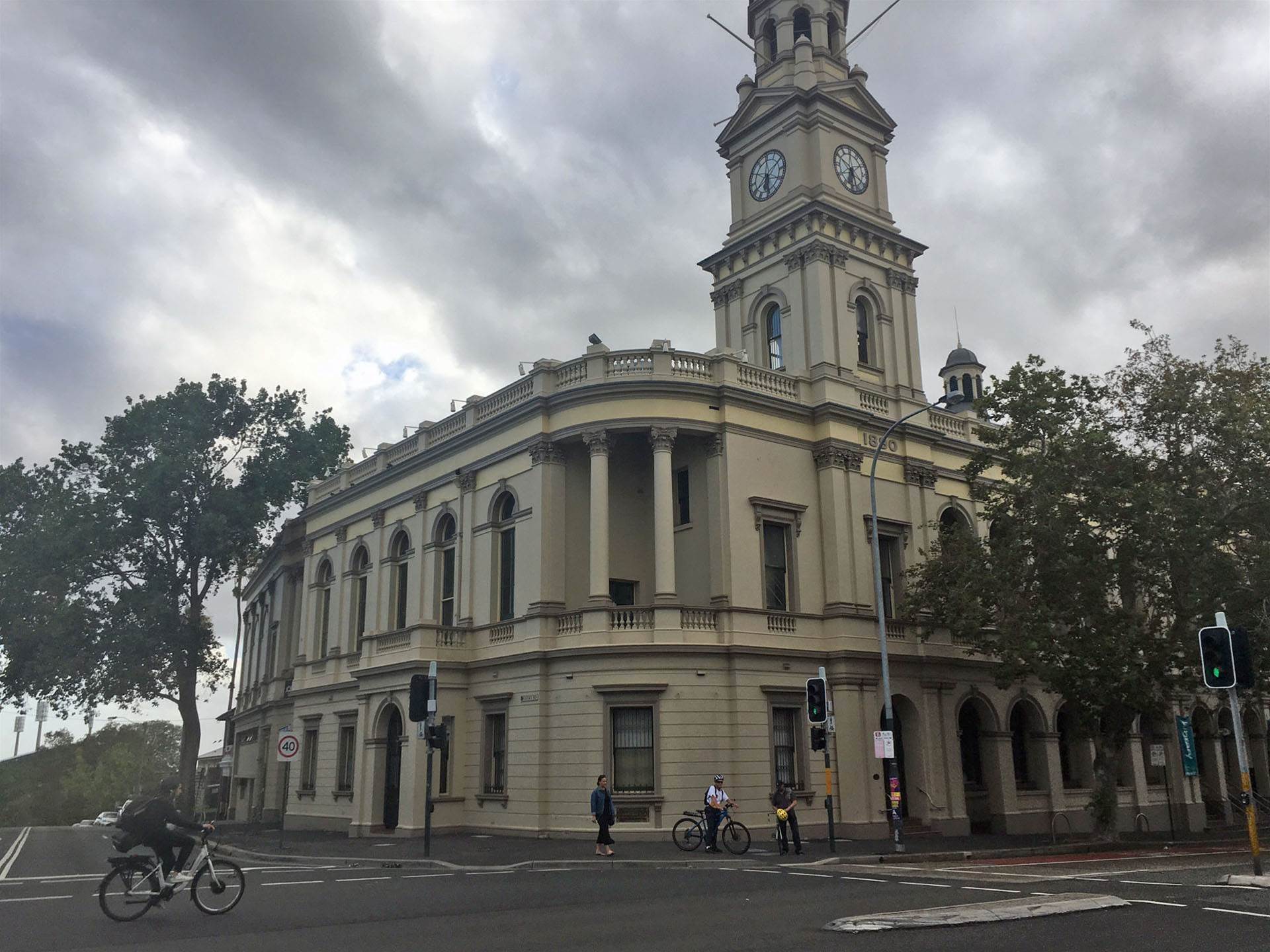
To prove that no bad blood exists between connections of the two historic clubs over the “who was first” issue (January 14, 1908 is the historians' arrived-at date for the Jets), the revived Glebe Dirty Reds will act as Newtown’s feeder club in 2018. In any case, the town hall venues of the two meetings stand as proudly today as they would have when they were patronised by their respective groups of league pioneers back in 1908.
According to Middleton and Heads, in an attempt to stop them from switching, rugby union administrators offered Newtown rugby union players of the day everything from free theatre parties, and tickets to the Wonderland City fun park at Tamarama. Some were persuaded to stay, but enough were swayed to the dark side so that Newtown’s rugby league team could get off the ground.
These rebellious rugby league recruits weren’t very popular with a lot of the rugby union folk of the turn of the century, with sections of the media not exactly playing nice when it came to coverage of these mass-defections to “professionalism”.
Middleton and Heads note that “after Easts’ foundation meeting, held at Paddington Town Hall [on the corner of Oxford St and Oatley Rd] on January 24, The Bulletin observed: ‘The fact that a local butcher was unanimously chosen president suggests that this new body is out for gore.’”
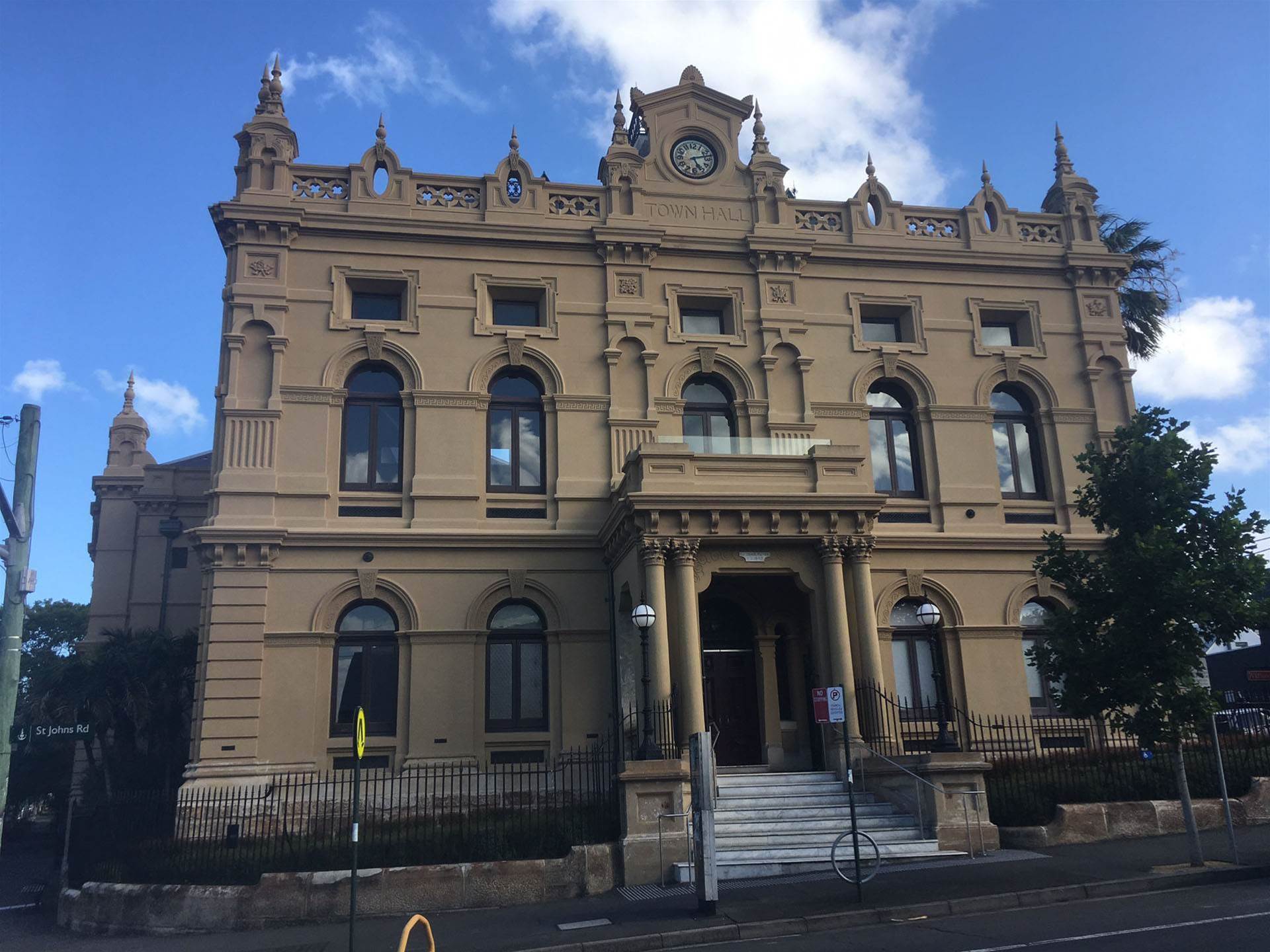
Related Articles
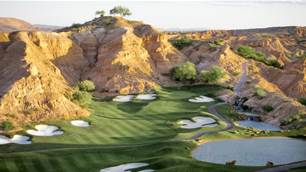
Viva Las Vegas: Join Golf Australia magazine's Matt Cleary on a golf and rugby league spectacular
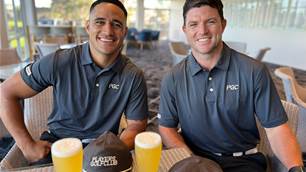
19 Holes With ... Chad Townsend and Val Holmes






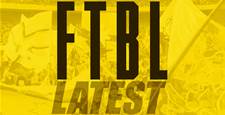

.jpg&h=115&w=225&c=1&s=1)




